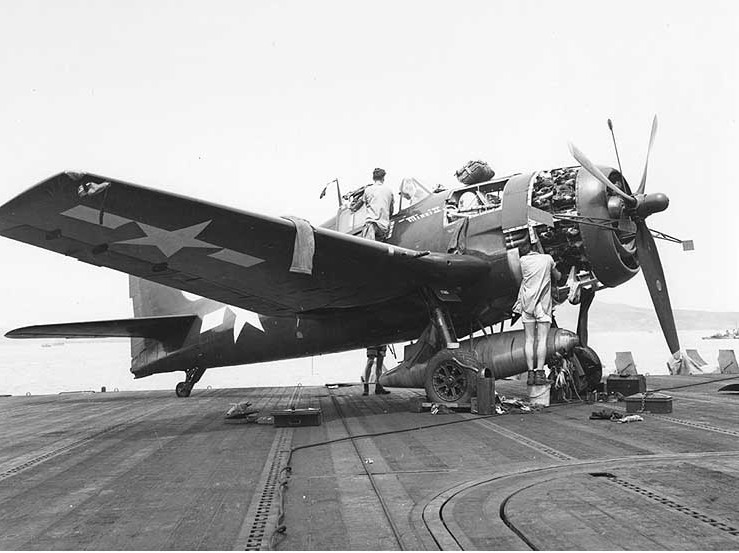In some ways, we know the story of the Mitsubishi A6M Zero. It was a dominant fighter plane in the early portion of World War II in the Pacific Theater, only to become an easy target. But how did this happen?

In some ways, the story we know about the Grumman F6F Hellcat isn’t the whole truth. Yes, the discovery of the Akutan Zero helped the United States beat this plane. But MilitaryFactory.com notes that the Hellcat’s first flight was on June 26, 1942 – three weeks after the raid on Dutch Harbor that lead to the fateful crash-landing of the Mitsubishi A6M flown by Tadayoshi Koga.

Less than six months before Pearl Harbor, the Navy signed a contract with Grumman for a replacement for the F4F Wildcat. Feedback from pilots like Butch O’Hare and other encounters lead to the addition of the Wright R-2800 engine. It also was designed with improved landing gear and visibility. Then, America built a lot of these planes – 12,272 of them. Compare that production run to the 187 F-22 Raptors that the Air Force bought!

What the Akutan Zero did, though, was to provide information that let American pilots make the most of the Hellcat’s advantages. History.com described one ace, Marine Captain Kenneth Walsh described how he knew to roll to the right at high speed to lose a Zero on his tail. Walsh would end World War II with 17 kills. The Zero also had trouble in dives, thanks to a bad carburetor (the famous Spitfire also had carburetor problems).

The Hellcat truly brought hell to the Axis in World War II. It notched 5,165 kills over World War II, and was the primary plane that was in the Marianas Turkey Shoot. The Hellcat even saw action in Korea as a guided bomb, and served until the 1960s in some air forces.


